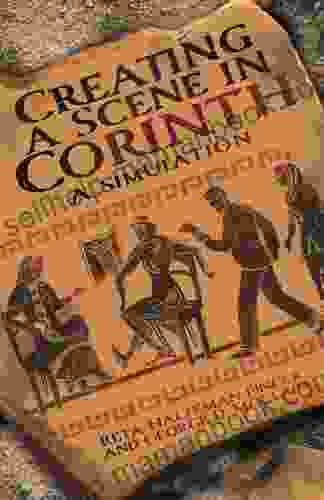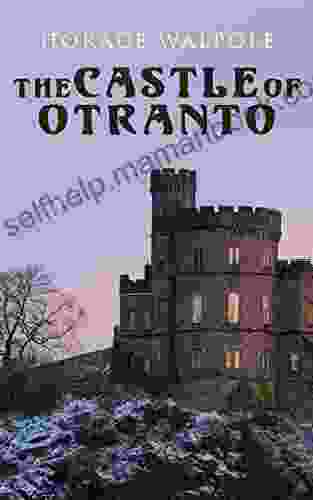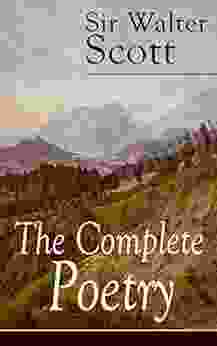Creating Scenes in Corinth Simulation: A Comprehensive Guide

Prepare to step back in time and explore the ancient city of Corinth through the immersive Corinth Simulation. This powerful tool allows you to create and modify scenes, enabling you to interact with historical landmarks, witness daily life, and delve into the rich culture of this iconic Greek city.
In this extensive guide, we will provide you with the essential knowledge and step-by-step instructions to create captivating scenes in the Corinth Simulation. Whether you're a history buff eager to recreate historical events, an educator seeking to bring ancient Corinth to life, or a virtual explorer yearning for an authentic experience, this guide will empower you to unleash your creativity and delve into the fascinating world of ancient Corinth.
5 out of 5
| Language | : | English |
| File size | : | 3126 KB |
| Text-to-Speech | : | Enabled |
| Screen Reader | : | Supported |
| Enhanced typesetting | : | Enabled |
| Word Wise | : | Enabled |
| Print length | : | 266 pages |
Getting Started: Understanding the Corinth Simulation Interface
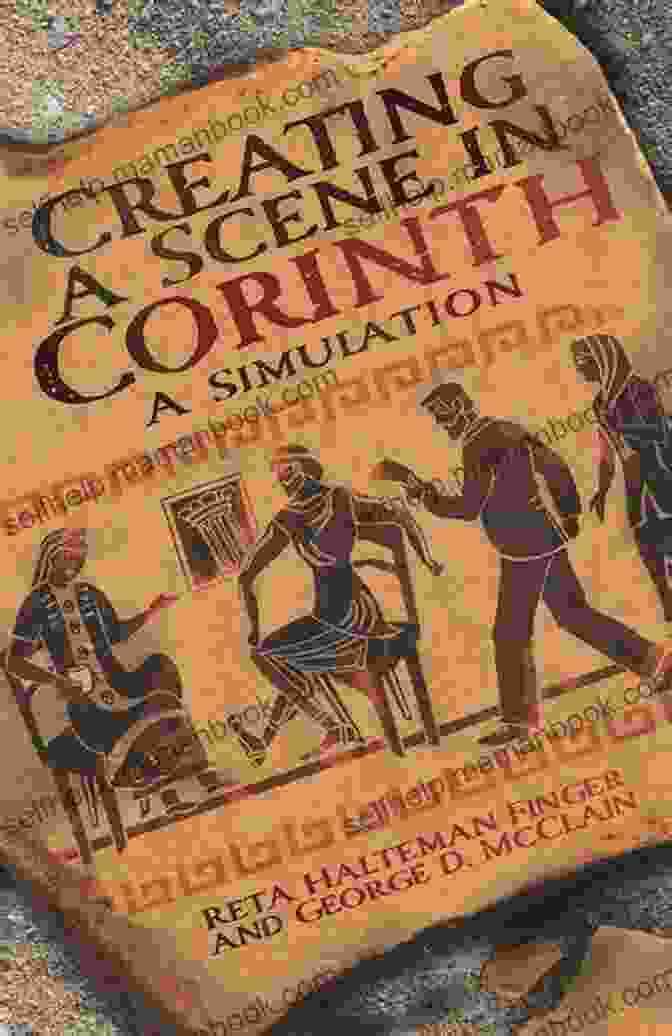
Before embarking on your journey of scene creation, it's crucial to familiarize yourself with the user-friendly interface of the Corinth Simulation. The interface is designed to be intuitive, allowing you to navigate the simulation with ease and focus on crafting your scenes.
- Scene Tree: The scene tree on the left-hand side of the interface displays a hierarchical structure of all the elements in your scene, including objects, lights, and cameras. You can interact with the scene tree to select, manipulate, or delete elements.
- Toolbar: The toolbar at the top of the interface provides quick access to essential tools for scene creation, such as adding objects, manipulating the camera, and changing the lighting. Use the toolbar to shape your scene's composition and ambiance.
- Properties Panel: The properties panel on the right-hand side of the interface displays the properties of the currently selected element in the scene tree. Use the properties panel to modify the position, rotation, scale, and other attributes of objects, lights, and cameras.
- Viewport: The viewport is the central area of the interface where your scene is displayed. Use the viewport to preview your changes, navigate the scene, and capture screenshots.
Essential Components of a Scene: Objects, Lights, and Cameras
The Corinth Simulation offers a vast array of objects, lights, and cameras to help you create realistic and engaging scenes. These elements are essential building blocks for crafting immersive experiences that transport you to the ancient city of Corinth.
Objects:
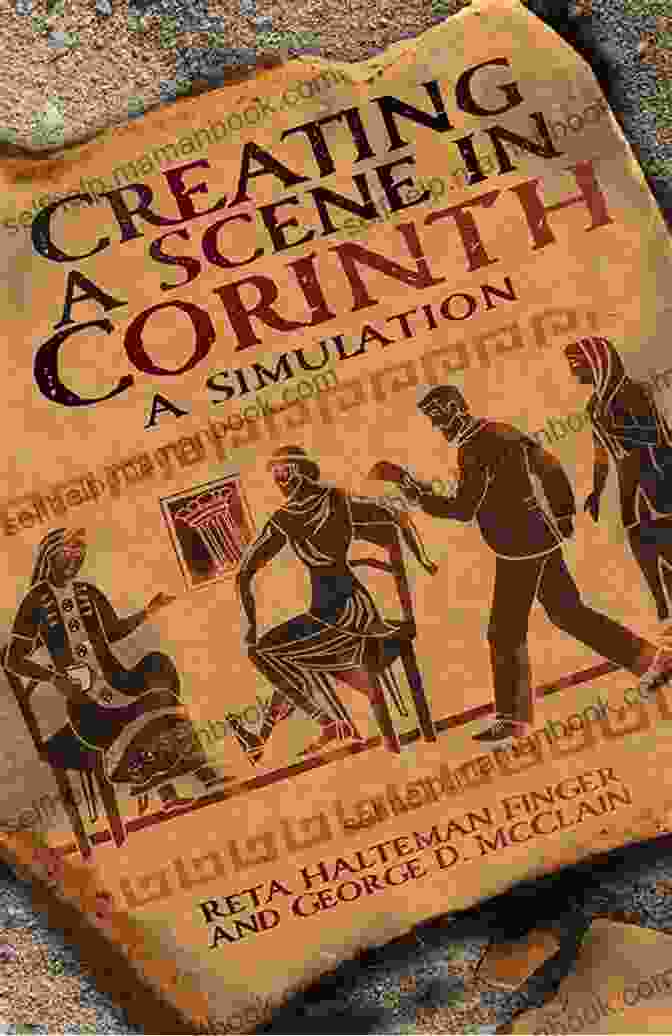
Objects are the heart of your scene, representing the physical elements of ancient Corinth. The Corinth Simulation features a comprehensive library of objects, including buildings, statues, furniture, vegetation, and people. Each object is meticulously crafted to be historically accurate, allowing you to recreate authentic scenes and explore the city as it existed centuries ago.
Lights:
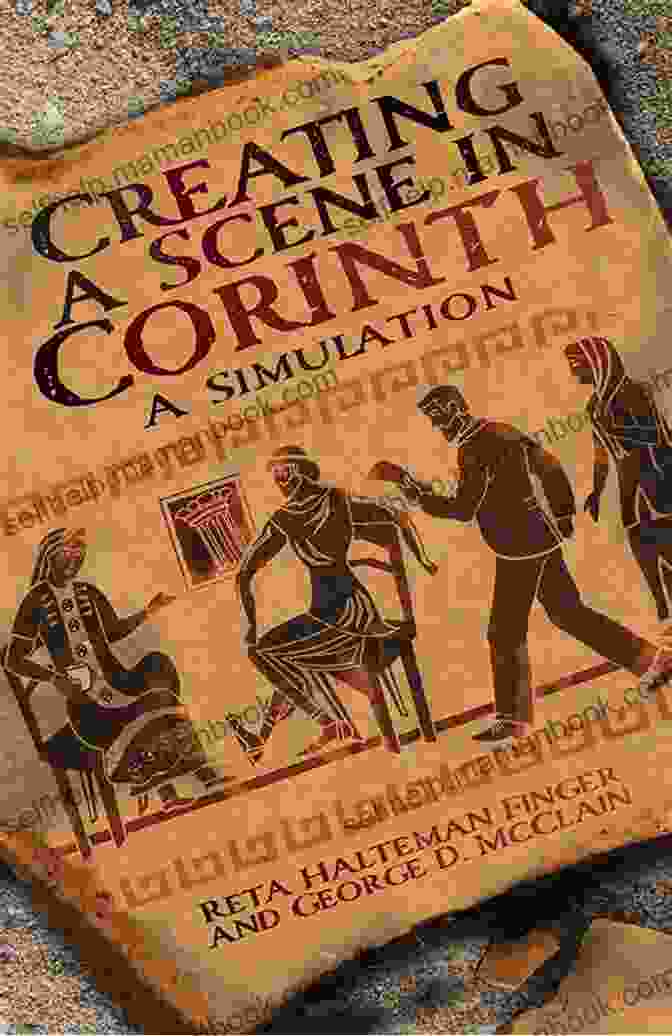
Lights play a crucial role in shaping the mood and atmosphere of your scene. The Corinth Simulation provides a variety of lights, including directional lights, spotlights, and point lights. Use lights to illuminate your scene, create shadows, and achieve the desired visual effects. By manipulating the intensity, color, and position of lights, you can enhance the realism and depth of your scenes.
Cameras:
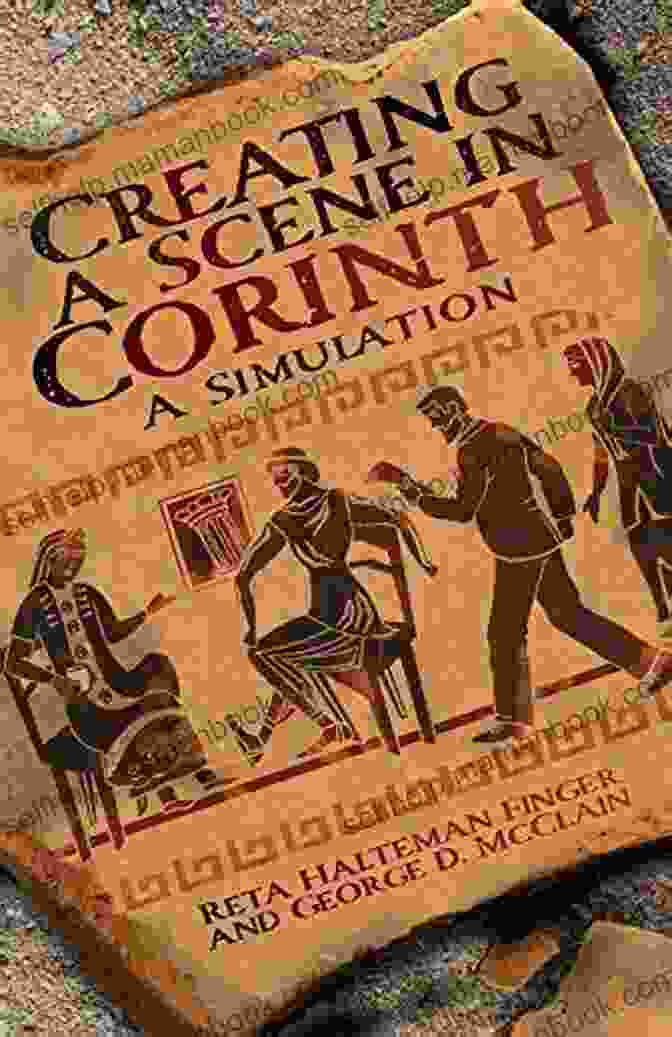
Cameras serve as your eyes in the virtual world of Corinth. The Corinth Simulation offers various camera types, such as perspective cameras and orthographic cameras. Choose the appropriate camera based on your intended perspective and shot composition. Use the camera's position, rotation, and field of view to capture the scene from different angles and create dynamic and engaging experiences.
Step-by-Step Guide to Creating a Scene in Corinth Simulation
Now that you are familiar with the interface and essential components of a scene, let's dive into the step-by-step process of creating a scene in the Corinth Simulation:
1. Create a New Scene
Begin by creating a new scene by clicking on the "File" menu and selecting "New Scene." This will open a blank scene with the default lighting and camera settings.
2. Add Objects to Your Scene
To add objects to your scene, navigate to the "Objects" tab in the toolbar and select the desired object category. Drag and drop objects from the library into the viewport to place them in your scene.
3. Position and Rotate Objects
Once you have added objects to your scene, you can position and rotate them to create a realistic and visually appealing arrangement. Select an object in the scene tree and use the gizmo in the viewport to manipulate its position, rotation, and scale.
4. Add Lights to Your Scene
Next, add lights to your scene to illuminate the environment and create shadows. Navigate to the "Lights" tab in the toolbar and select the desired light type. Drag and drop lights into the viewport and adjust their position, color, and intensity using the properties panel.
5. Position the Camera
Position the camera to capture the desired perspective of your scene. Select the camera in the scene tree and use the gizmo in the viewport to adjust its position, rotation, and field of view. You can also use the "Camera" menu in the toolbar to switch between different camera types.
6. Fine-Tune Your Scene
Once you have placed the objects, lights, and camera, fine-tune your scene by adjusting the properties of individual elements. Use the properties panel to modify the materials, textures, and other attributes of objects. Experiment with different lighting setups to achieve the desired mood and ambiance.
7. Save Your Scene
When you are satisfied with your scene, save it by clicking on the "File" menu and selecting "Save Scene." Choose a memorable file name and location to store your scene for future use.
Advanced Scene Creation Techniques
Once you have mastered the basics of scene creation, explore advanced techniques to enhance the realism and immersion of your scenes:
Creating Custom Objects:
The Corinth Simulation allows you to create custom objects using external 3D modeling software. Import your custom objects into the simulation and incorporate them into your scenes to add unique and personalized elements.
Scripting:
Add interactivity and dynamic behavior to your scenes by using the built-in scripting system. Create scripts to control object movement, trigger events, and interact with the user, enhancing the engagement and realism of your scenes.
Post-Processing Effects:
Apply post-processing effects to your scenes to enhance their visual quality and achieve specific aesthetic styles. Experiment with effects such as bloom, depth of field, and motion blur to add depth, realism, and atmosphere to your scenes.
Creating scenes in the Corinth Simulation is an exciting and rewarding experience that empowers you to explore ancient Corinth in a captivating and interactive way. By following the steps outlined in this comprehensive guide, you can create realistic and engaging scenes that transport you back in time to this iconic Greek city. Whether you're a history enthusiast, an educator, or a virtual explorer, the Corinth Simulation unlocks endless possibilities for learning, discovery, and immersive storytelling.
So, embark on your journey into the ancient world, create captivating scenes, and immerse yourself in the vibrant history and culture of Corinth.
5 out of 5
| Language | : | English |
| File size | : | 3126 KB |
| Text-to-Speech | : | Enabled |
| Screen Reader | : | Supported |
| Enhanced typesetting | : | Enabled |
| Word Wise | : | Enabled |
| Print length | : | 266 pages |
Do you want to contribute by writing guest posts on this blog?
Please contact us and send us a resume of previous articles that you have written.
 Top Book
Top Book Novel
Novel Fiction
Fiction Nonfiction
Nonfiction Literature
Literature Paperback
Paperback Hardcover
Hardcover E-book
E-book Audiobook
Audiobook Bestseller
Bestseller Classic
Classic Mystery
Mystery Thriller
Thriller Romance
Romance Fantasy
Fantasy Science Fiction
Science Fiction Biography
Biography Memoir
Memoir Autobiography
Autobiography Poetry
Poetry Drama
Drama Historical Fiction
Historical Fiction Self-help
Self-help Young Adult
Young Adult Childrens Books
Childrens Books Graphic Novel
Graphic Novel Anthology
Anthology Series
Series Encyclopedia
Encyclopedia Reference
Reference Guidebook
Guidebook Textbook
Textbook Workbook
Workbook Journal
Journal Diary
Diary Manuscript
Manuscript Folio
Folio Pulp Fiction
Pulp Fiction Short Stories
Short Stories Fairy Tales
Fairy Tales Fables
Fables Mythology
Mythology Philosophy
Philosophy Religion
Religion Spirituality
Spirituality Essays
Essays Critique
Critique Commentary
Commentary Glossary
Glossary Bibliography
Bibliography Index
Index Table of Contents
Table of Contents Preface
Preface Introduction
Introduction Foreword
Foreword Afterword
Afterword Appendices
Appendices Annotations
Annotations Footnotes
Footnotes Epilogue
Epilogue Prologue
Prologue John R Bolton
John R Bolton Julian Stockwin
Julian Stockwin Charles Dougherty
Charles Dougherty Huan Liu
Huan Liu Thomas L Alsbury
Thomas L Alsbury Franca Abubokhale
Franca Abubokhale Dana Hayward
Dana Hayward Katharine Ellis
Katharine Ellis Ron Schwab
Ron Schwab Barb Shadow
Barb Shadow Frank Mccourt
Frank Mccourt Kit Bladegrave
Kit Bladegrave C K Fyfe
C K Fyfe Bob Knetzger
Bob Knetzger Steven Kotler
Steven Kotler Gabriel Levin
Gabriel Levin Jason Aaron
Jason Aaron Juan De Mena
Juan De Mena Barbara Taylor Bradford
Barbara Taylor Bradford Stu Jones
Stu Jones
Light bulbAdvertise smarter! Our strategic ad space ensures maximum exposure. Reserve your spot today!
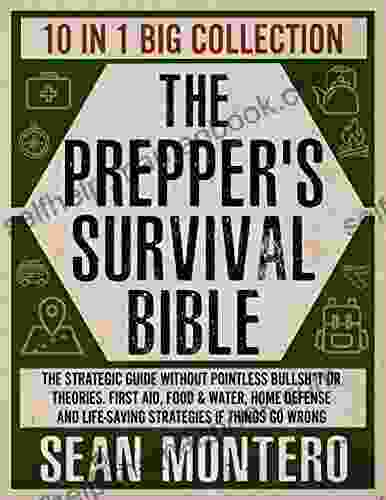
 Reginald Cox10 In-Depth Strategic Guides That Cut the Fluff and Deliver Actionable Advice
Reginald Cox10 In-Depth Strategic Guides That Cut the Fluff and Deliver Actionable Advice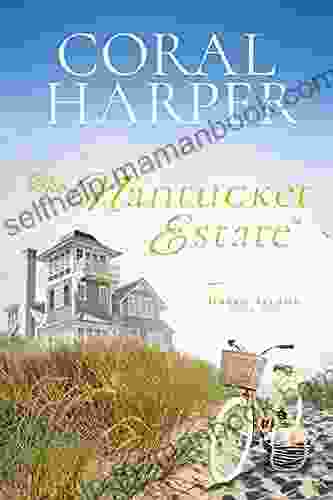
 Robert Louis StevensonThe Nantucket Estate Haven Island: A Luxurious Retreat for the Discerning...
Robert Louis StevensonThe Nantucket Estate Haven Island: A Luxurious Retreat for the Discerning... Charles ReedFollow ·10.5k
Charles ReedFollow ·10.5k Beau CarterFollow ·19.6k
Beau CarterFollow ·19.6k Andy ColeFollow ·17.1k
Andy ColeFollow ·17.1k Jerome BlairFollow ·13.4k
Jerome BlairFollow ·13.4k Miguel NelsonFollow ·3.3k
Miguel NelsonFollow ·3.3k Roger TurnerFollow ·4k
Roger TurnerFollow ·4k Max TurnerFollow ·12.6k
Max TurnerFollow ·12.6k Keith CoxFollow ·11.7k
Keith CoxFollow ·11.7k
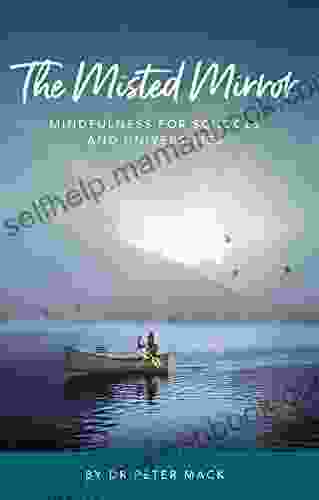
 Boris Pasternak
Boris PasternakThe Misted Mirror: Mindfulness for Schools and...
What is The Misted...
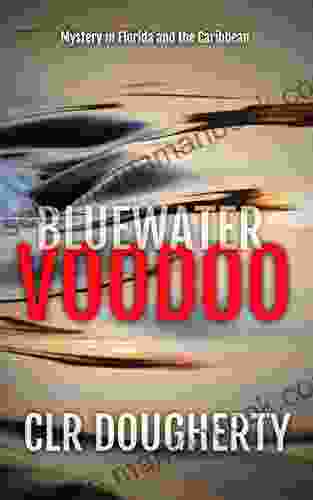
 Holden Bell
Holden BellEmbark on Thrilling Adventures in the Uncharted Depths of...
Unveiling the Enchanting...
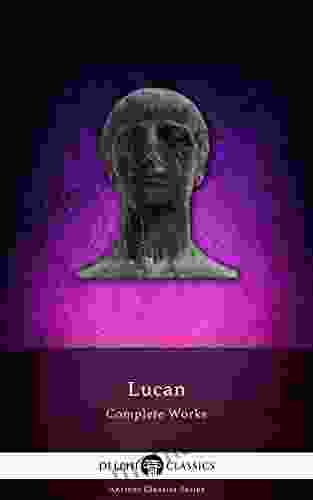
 Seth Hayes
Seth HayesDelphi Complete Works of Lucan: Illustrated Delphi...
This meticulously edited...

 Jackson Hayes
Jackson HayesThe Enigmatic Cat Burglar: Unraveling the Intriguing...
In the annals of crime, the name Bernie...
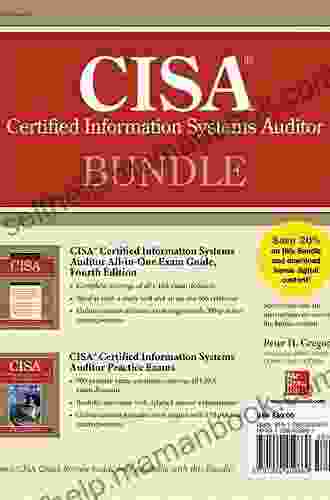
 Quentin Powell
Quentin PowellAligned With The Cisa Review Manual 2024 To Help You...
The CISA Review Manual 2024 is the most...

 Austin Ford
Austin FordUnlocking Revenue Potential: A Comprehensive Business...
In today's digital...
5 out of 5
| Language | : | English |
| File size | : | 3126 KB |
| Text-to-Speech | : | Enabled |
| Screen Reader | : | Supported |
| Enhanced typesetting | : | Enabled |
| Word Wise | : | Enabled |
| Print length | : | 266 pages |


